FS Colour Series: Sapphire inspired by Alexej von Jawlensky’s Electric Light
Dazzling, brilliant blues like that of SAPPHIRE Linen define the paintings of Alexej von Jawlensky, streaking across his canvases with pulsing, living electricity. Modernist, Fauvist and Expressionist, Russian-born Jawlensky was a bold risk-taker, one whose wild, unbound art inspired a whole generation across Europe and beyond. Known as much for his mystical landscapes as his expressive portraits, entrancing, glowing auras in pure, unmixed shades of cobalt blue came to define his expressive paintings, jangling against iridescent reds, yellows, purples and greens.
Born in Torzhok in Russia in 1864, Jawlensky’s first career was in the Russian military. Having worked his way up to become a respected member of the Imperial Guard, disillusionment hit when he reached his mid-20s. In 1889, Jawlensky left the military and began studying with the Russian historical painter Ilya Repin, who taught him how to paint academic, historical subjects. Searching for a greater challenge, Jawlensky left Russia for Germany, taking up a fine art degree in Munich in 1896. As a student in Germany, he met and became close compatriots with fellow Russian colourist Wassily Kandinsky, whose attitudes towards abstraction had a lifelong impact on Jawlensky’s career.
In 1905 Jawlensky travelled to France, picking up influences from the Post-Impressionist painters Paul Gauguin and Vincent van Gogh, whose heightened colours and exaggerated forms were moving away from reality and into the realms of the imagination. But he found the closest kinship with Henri Matisse and Andre Derain, who shared mutual fascinations with a new, daring language of free colour and expression. The three exhibited together in the famous Salon d’Automne in 1905, where their shockingly frenzied expressionist paintings, slashed, swiped or smeared with crude, raw slabs of colours, were like nothing anyone had ever seen before. An art critic called the artists Les Fauves, or “the wild beasts”, and it was here that the Fauvist movement was born.
Following his return to Munich, Jawlensky joined the German Expressionist group who called themselves Neue Kunstlervereinigung (New Artists’ Association, or NKV), a collective who shared his passionate belief in free artistic expression. In 1911 a smaller, splinter group run by Wassily Kandinsky broke away, calling themselves Der Balue Reiter (The Blue Rider), believing in the spiritual and redemptive power of abstraction.
Throughout this time, Jawlensky’s paintings continued with the vibrant language of Fauvism but with ever more simplified shapes and forms, described with unmixed patches of colour in juicy daubs and streaks, painting with what he called a “tremendous inner ecstasy.” Landscape in Murnau, 1909 is sparkling with vitality, as red, blue and green intermingle in a playful dance, while paler strands of warm cobalt blue in the sky suggest sunlight gleaming through, just catching the tops of the apple green trees. The landscape scene in Roter Abend – Blau Berge, 1910, is even more wild, simple and free. Turquoise blue water shimmers in the light as if moving towards us, while a jagged, rocky outcrop falls into one long blazing blue shadow across the horizon.
Portraiture became an important strand of Jawlensky’s practice following his Fauvist period. Returning to his Russian roots, he adopted the visual language of Russian icons and folk art, bringing their closely framed faces, flattened lines and exaggerated features into his paintings. Merging these interests with his earlier penchant for avant-garde Expressionism, his portriats are now recognised as the most individual, powerful strand of his practice. Frauenkopf (Head of a Woman), 1911 is one of his best-known portraits, capturing the female sitter with heightened, exaggerated colours and forms. Sour yellow light falls from the left and spreads over her face and hair, lending her three dimensional form. This tone is cut apart by the sharp, glowing blue of her clothing and surroundings, bleeding into the shadows in and around her large, melancholic eyes.
The same pure blue light emanates from Violet Turban, 1911, slashed into with streaks of white that suggest energised, moving light. Splintered shades of yellow, tomato red and purple are violently smeared across her face and clothing with ferocious movement, echoing the brimming tension in her facial expression. But streaks of blue break through into her body, encircling her neck and the top of her head, tempering the passionate, burning heat of her face and body with a cold shock of electric light.
FS SAPPHIRE Softened 100% Linen comes in Mid Weight





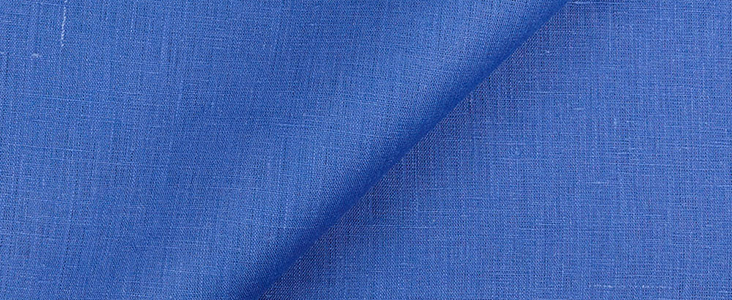
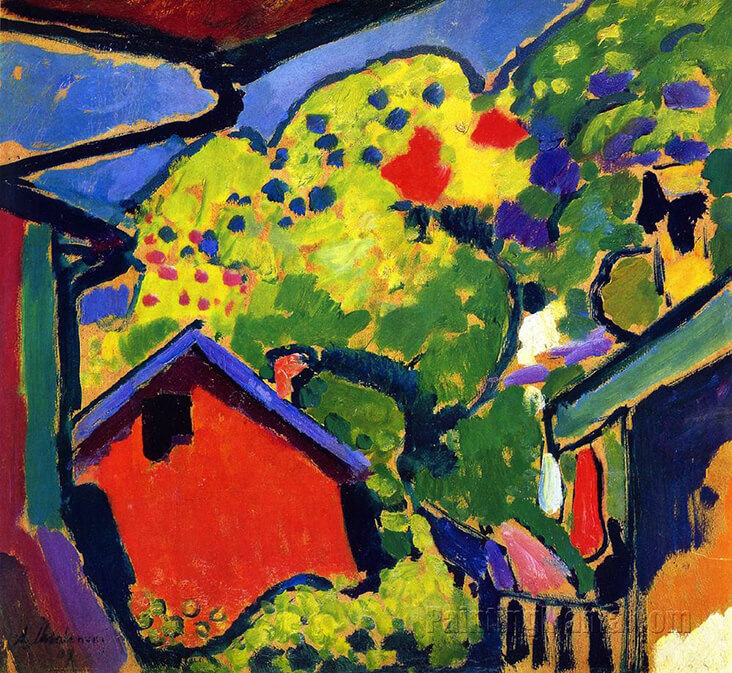
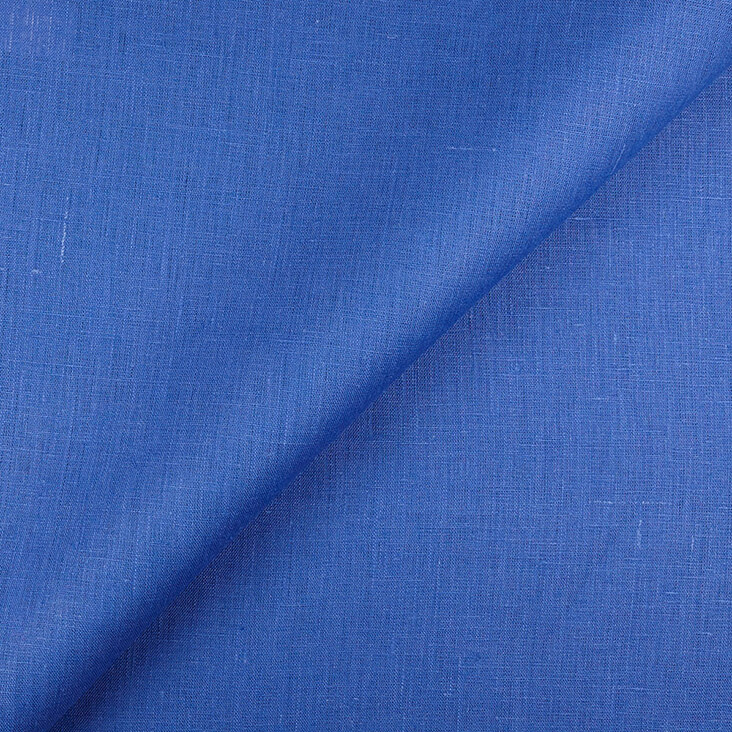
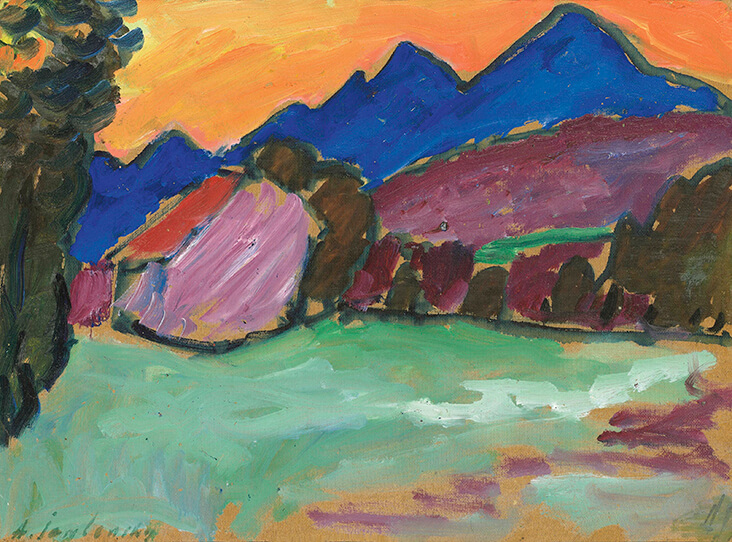

















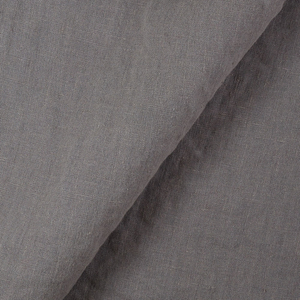


























Leave a comment